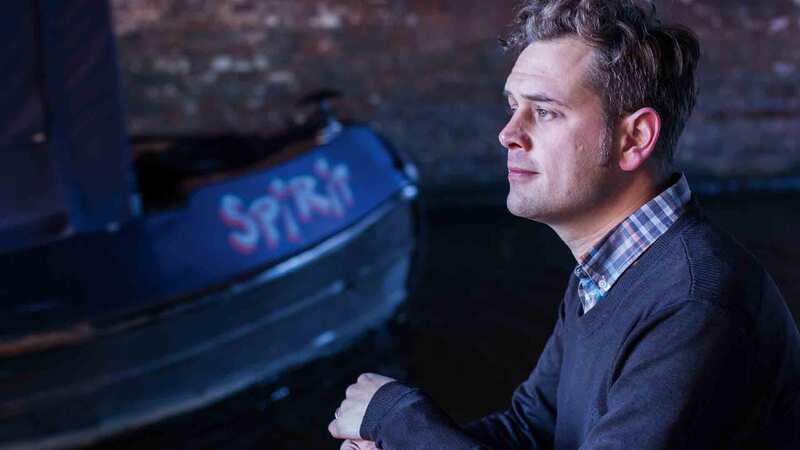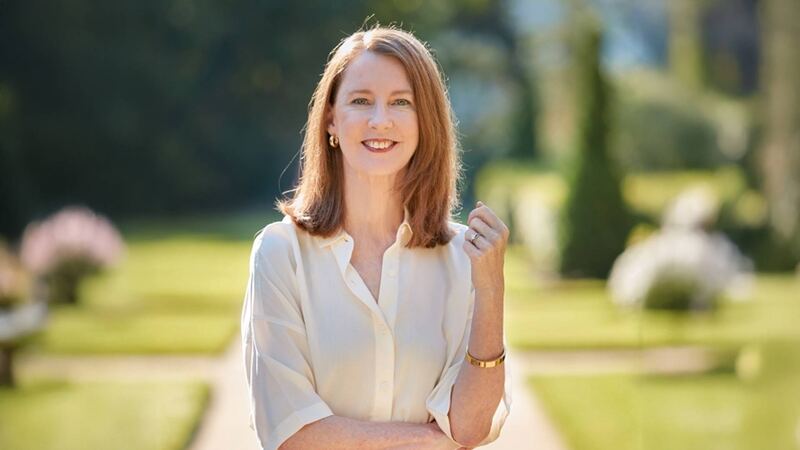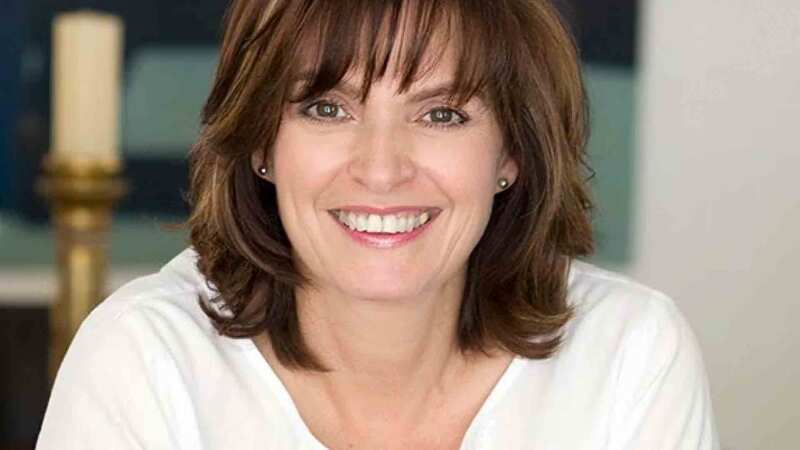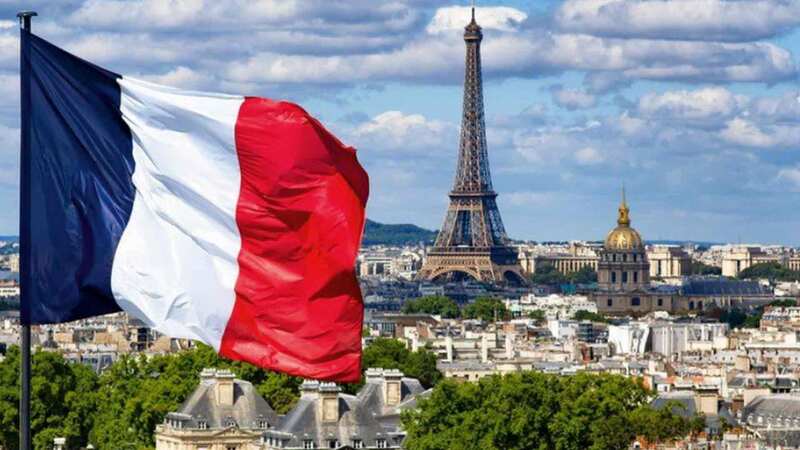You are viewing your 1 free article this month. Login to read more articles.
The Beginning of the End
If it’s true, as C.S. Lewis held, that we read in order to know how to live, the current crop of Young Adult (YA) readers are either the most pessimistic in recent history or they know something we don’t. Dystopian fiction for teenagers – stories of lone protagonists or tiny bands of rebels battling brutal regimes that have risen from the ashes of apocalyptic events on earth or the planets humans have had to colonise since so royally buggering up their own – abounds.
The avalanche seems to have begun with the success of Meg Rosoff’s multiple-prize-winning How I Live Now (2004), which follows the protagonist Elizabeth’s rebuilding of her life after World War III, and the launch of Scott Westerfeld’s Uglies series (2005), in whose high-tech world people look forward to the day they will be surgically altered to become happy, vacuous, compliant Pretties.
But it really gathered strength
with the publication of the first instalments in three bestselling series: Suzanne Collins’ The Hunger Games trilogy (now a film due for release on 23 March); Michael Grant’s sextet of novels beginning with Gone; and Patrick Ness’ Chaos Walking trilogy, the final part of which added 2011’s Carnegie Medal to a mighty array of awards and rave reviews.
Since then, we have had Gemma Malley’s series about a world in which drugs have banished death and reproduction has been outlawed (her latest, out in March, The Killables, describes a society in which the propensity for evil in the human brain is surgically removed and citizens are graded according to the operation’s success); Lauren Oliver’s Delirium, whose heroine lives in an affectless society where love is considered a disease to be cured (the sequel, Pandemonium, is also out in March); Dark Parties by Sara Grant, set in a world in which people go missing overnight and are erased from history – and apparently memory – by morning; and The Other Life by Susanne Winnacker, in which a weaponised virus escapes and turns most of the population into Weepers – aka some of the most terrifying zombies you are ever likely to meet. And there are many more.
What is the appeal of such fare to teenagers? The first thing to note is a point that often gets lost with ever-more-segmented reading demographics, which is that young people are not a breed apart. They may head for a different corner of the bookshop but they are looking for the same escapism and excitement as adults, and they are provided aplenty by the extremities of dystopian fiction. We are all drawn to explorations of the dark side of human nature.
Grave new world
For teenagers, however, the appeal has other facets. Adolescence is a fearful time. Never mind the hair and the new protuberances and the overactive sebaceous glands on a mission to coat you in grease from dawn till dusk – these sometimes seem as nothing compared to the psychic upheaval, especially the fact that, as Rosoff puts it, “all the hard, big, ugly realities of adult life are dawning on you. At around eight, you begin to be aware of death, then school teaches you about world wars, ecological problems and so on, and then you start to come to terms with the knowledge that the world is absolutely such a shit place.”
Or if not “shit”, then at least
far from perfect and – perhaps even more frighteningly and fascinatingly – far from perfectly stable. Adolescence is the time that you realise that rules – moral, social, parental, pedagogic – do not simply exist, handed down from some omnipotent authority, but are manmade and therefore mutable. At a time when you are primed for rebellion and for testing to destruction the strictures that surround you, what could have more appeal than reading about
a time and a place where this has been taken to the ultimate conclusion? An apocalypse wipes the slate clean and allows the world to be rebuilt. What would it look like? What would you do?
Perhaps dystopian fiction comes into its own during the teenage years too because – with its heroes and heroines who start as the browbeaten, helpless subjects of individual despots or faceless totalitarian systems, claiming to be do everything for their citizenry’s own good but secretly acting in their own interests – they chime perfectly with the adolescent reader’s experience of a world administered by (increasingly unreasonable) adults. They are the teenager’s perennial and heartfelt cries – “Hypocrite!” “Fascist!” – writ large.
“I have a theory,” says Chaos Walking author Patrick Ness,
“that teenagers don’t look at dystopian fiction as very different from their current lives. Political society has broken down, you’re in thrall to a tyrannical set of rules, you have the responsibilities of being an adult without many of the benefits… Dystopia is a metaphor for living in a world that’s gone to hell and you’re the only one who can set it right.”
The triumph of
the protagonist over a secretly malevolent regime is a victory
for victims of adult hypocrisy everywhere. As Rosoff says, “There’s a kind of grandiosity about the set-up that suits the teenage – the sense of having discovered the dark side, like you discover politics and can’t believe how people – your parents – can let there be so much hunger and suffering in the world and it’s your responsibility to make them see.” Given that this has always been the teenage way, what is it that makes tales of dystopian lands so popular now?
Where it all went wrong
As ever, looking to the past helps point the way. This is not the first time, of course, that dystopian fiction for young readers has
had a ‘moment’. There is little
to be found before, roughly, the mid-1970s, when literature specifically for young people was still quite young itself. Although the world of fables and fairytales and the Golden Age of railway children and secret gardens had been smashed to pieces by the cosh
of two world wars, the growing realism of children’s fiction that replaced it took a while to shake off the last vestiges of the impulse to protect young readers.
Or perhaps you need time to recover from real-life catastrophes before you can bear to posit new ones
to come. Authors like John Christopher got there first with books such as his Tripods series, wherein the human race is enslaved by ‘cappings’ by an alien race (the ancestor, perhaps of all those brain surgeries in today’s books), to be followed by the likes of Peter Dickinson’s The Changes series, a story of the human race turning against machinery and regressing to a feudal state.
The bomb's away
In the 1970s and early 1980s, dystopian fiction for the young came, as it were, of age. The fear and paranoia humming through society about ‘imminent’ nuclear war resulted in books like Robert C. O’Brien’s Z For Zachariah (those of us who knew him previously only as the author of Mrs Frisby and the Rats of NIMH were unprepared for his story of post-atomic bomb survival, I note bitterly) and Robert Swindells’ Brother in the Land, whose descriptions of radiation sickness and death amidst utter devastation so traumatised me that I refused to reread it for this piece, a dereliction of professional duty for which I can only apologise.
Looking back, however, it seems like a simpler time. Perhaps – given we managed to make it out of the decade and our adolescence without the earth becoming a spinning radioactive ball of dust – we had it easy; one major worry, one simple solution: read the cautionary tales and learn that setting off the Bomb would really be a Very Bad Idea Indeed.
In the age and shrunken world of the internet, the nuclear threat barely makes it onto the list of problems that confront young people, and today’s books reflect that. In novels such as The Carbon Diaries, Under the Never Sky, Water Wars and Dark Life, ecological disasters have precipitated the collapse and reformation of society (and they exist in the background of most
of the others too). Most of the new societies are sealed: in both Pure by Julianna Baggott (part-adult, part-YA SF) and in Dark Parties the population lives within a protective dome surrounded by badlands and, as in many other books, the societies are perilously poised on the edge of disaster, despite the new governments’ best efforts.
These stories offer an articulation of the modern teenage experience of living with a wide and perpetual unease. We live in post-9/11 society in which just about anything
could happen – good and bad,
but mainly bad if you listen to
the media. There is a crack in everything. Resonant but coherent, resolvable narratives are maybe the best way to patch it up.
The books also speak to adolescents’ more personal
and immediate concerns. Often this is done in fairly direct fashion. The late William Sleator’s Test (2008), for example, takes the loathed standardised tests faced by students and makes them the deciding factor in who is to be
rich and who is to be poor in
its refashioned society. And
then Scott Westerfeld’s society
of Pretties and Uglies makes
literal one of the most painfully
felt divides in the unbearably cliquey world of teenagers.
The new pressures added by modern technology are examined in more sophisticated fashion in the Chaos Walking trilogy which, Ness says, grew out of his idea
of the Noise – in which thoughts can be constantly heard –
as a metaphor for the constant distractions and invasions of privacy caused by the proliferation in young people’s lives of CCTV cameras, social networking sites, mobile phones, instant messaging and so on. “It used to be the case that if, as a teenager, you made a mistake you could say sorry, fret for a while about it in a world of one, and it would be over. Now it can be posted somewhere and
you have a hundred responses
and opinions immediately. Your social life could end because of
one tweet or Facebook mistake.
It’s got to be incredibly stressful.”
All in all, it’s a mad, mad, mad, mad world out there. Perhaps the best and only real remedy is to grab a good book-cum-survival manual, hunker down and pray for daylight. See you in the bunker.
Discover more dystopia
What next after The Hunger Games, Chaos Walking and Gone series? Try these:
Classy YA literature set in a new ice age. Willo is orphaned, left completely alone - except for the dog spirit in his head. Meeting a girl in need of help, he sets off from his home in the Welsh hills for the city in a quest for survival.
The Other Life
by Susanne Winnacker
In a 28 Days Later-style tale, Sherry and her father emerge from a bunker to find the world full of man-eating creatures called Weepers. When her dad is snatched, Sherry finds aid in the form of Avenger Joshua – and more.
by Julianna Baggott
Nuclear detonations have ravaged the world. ‘Pures’ were saved by living within the fascistic Dome; ‘Wretches’ live in the wasteland outside. Worlds collide in this imaginative start to a trilogy for adults and older teens.
The Pledge
by Kimberly Derting
Out 26 March
America (named ‘Ludania’ here) is run by class system. Each stratum speaks its own language and may not talk to those above them on pain of death. There’s romance, conflict and big ideas as heroine Charlie seeks freedom.















